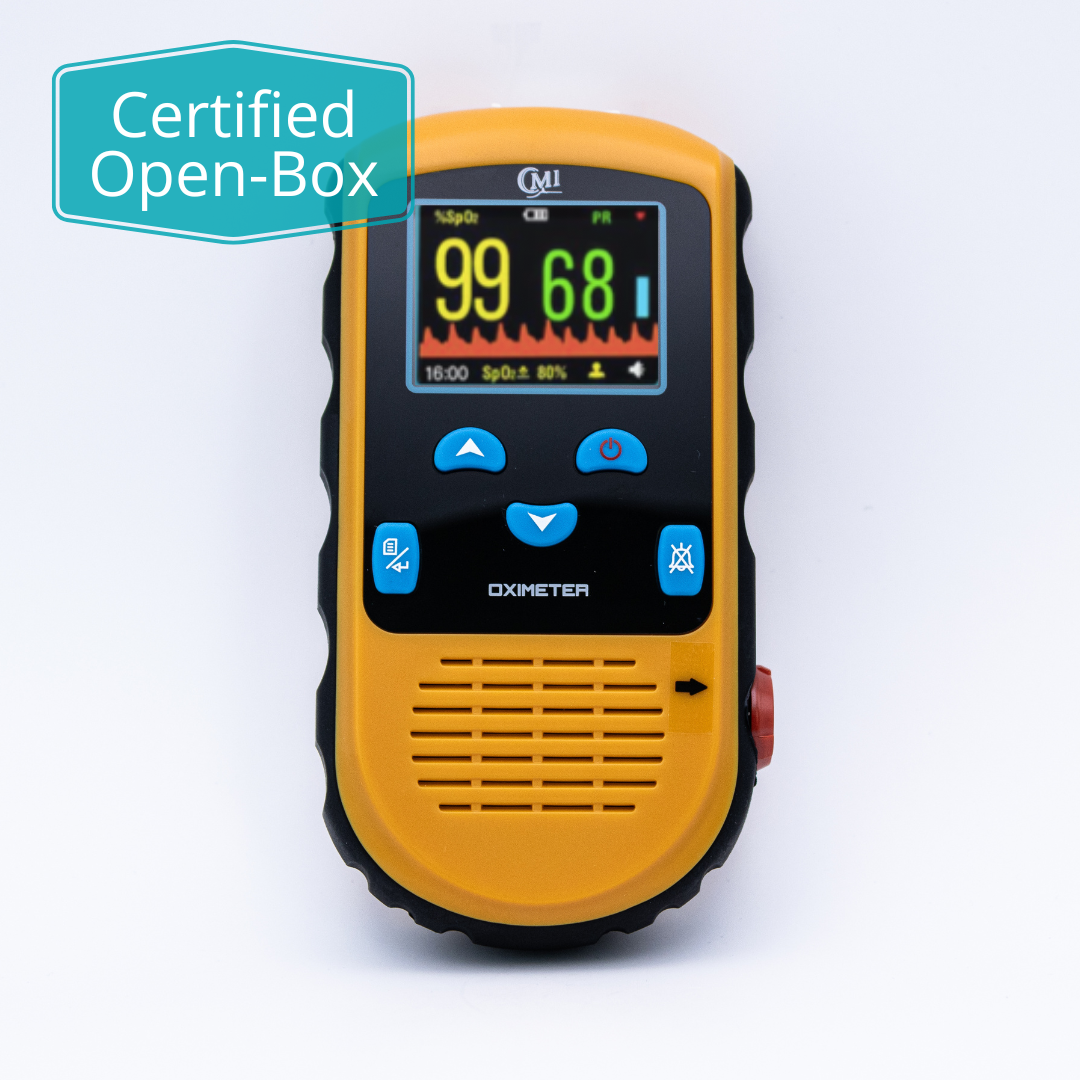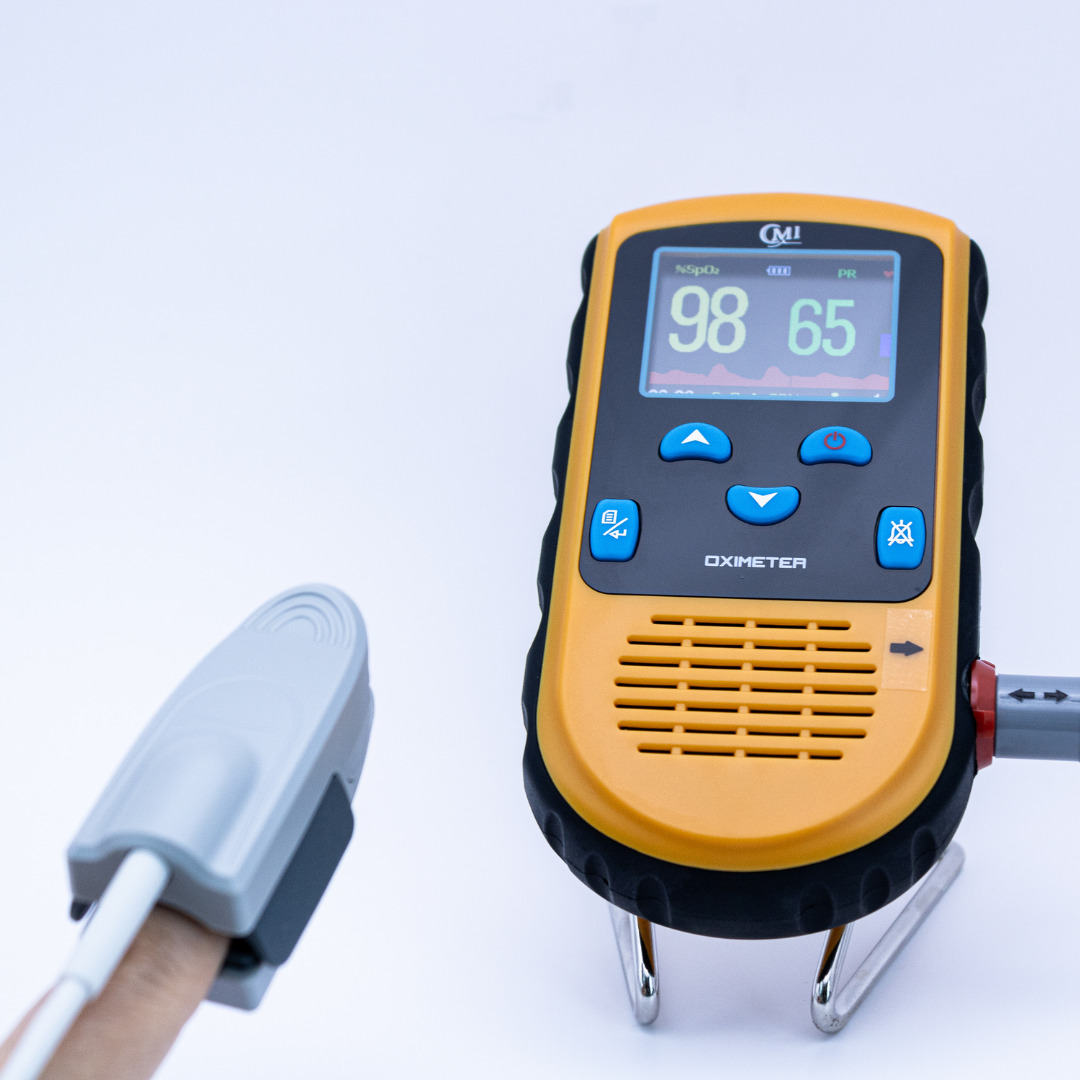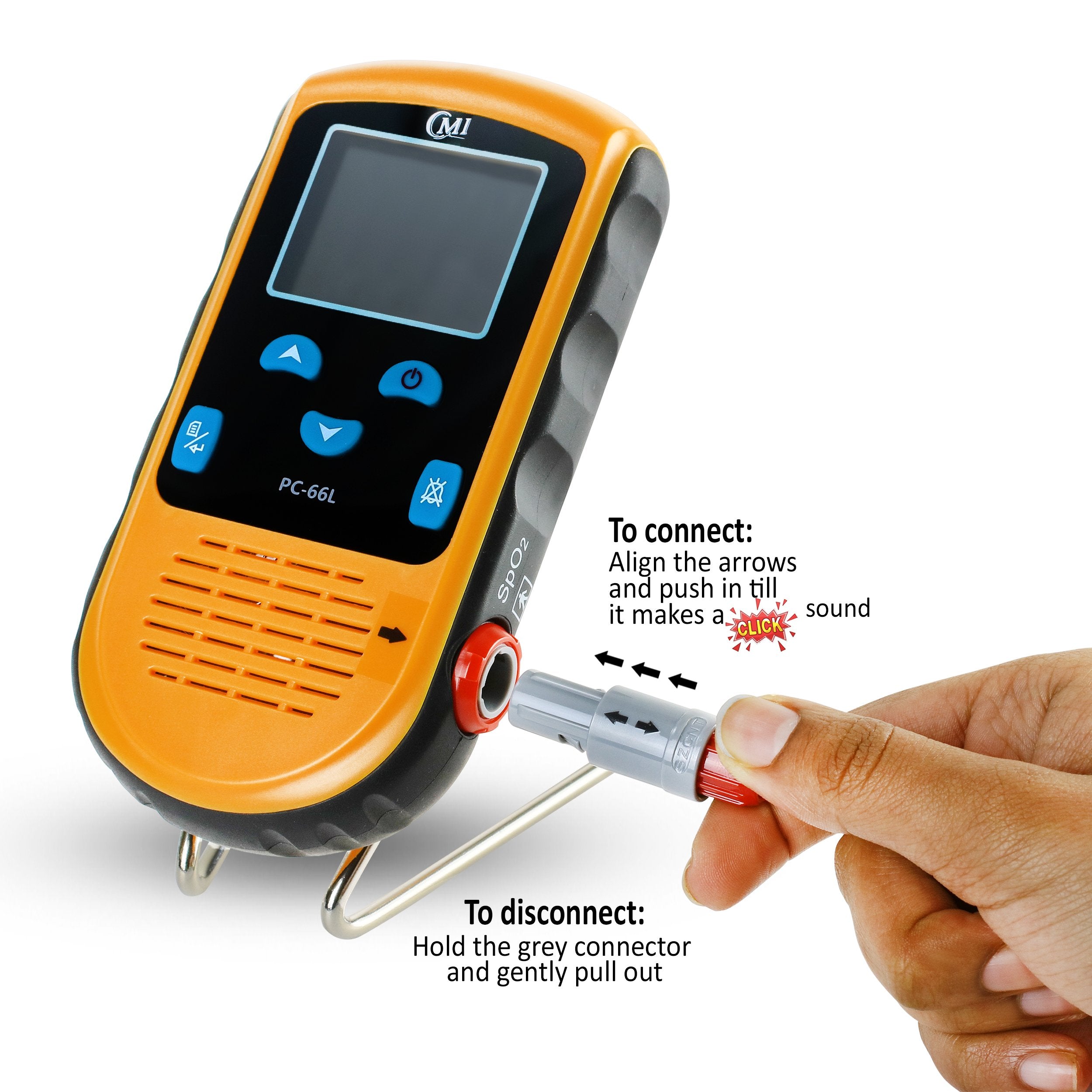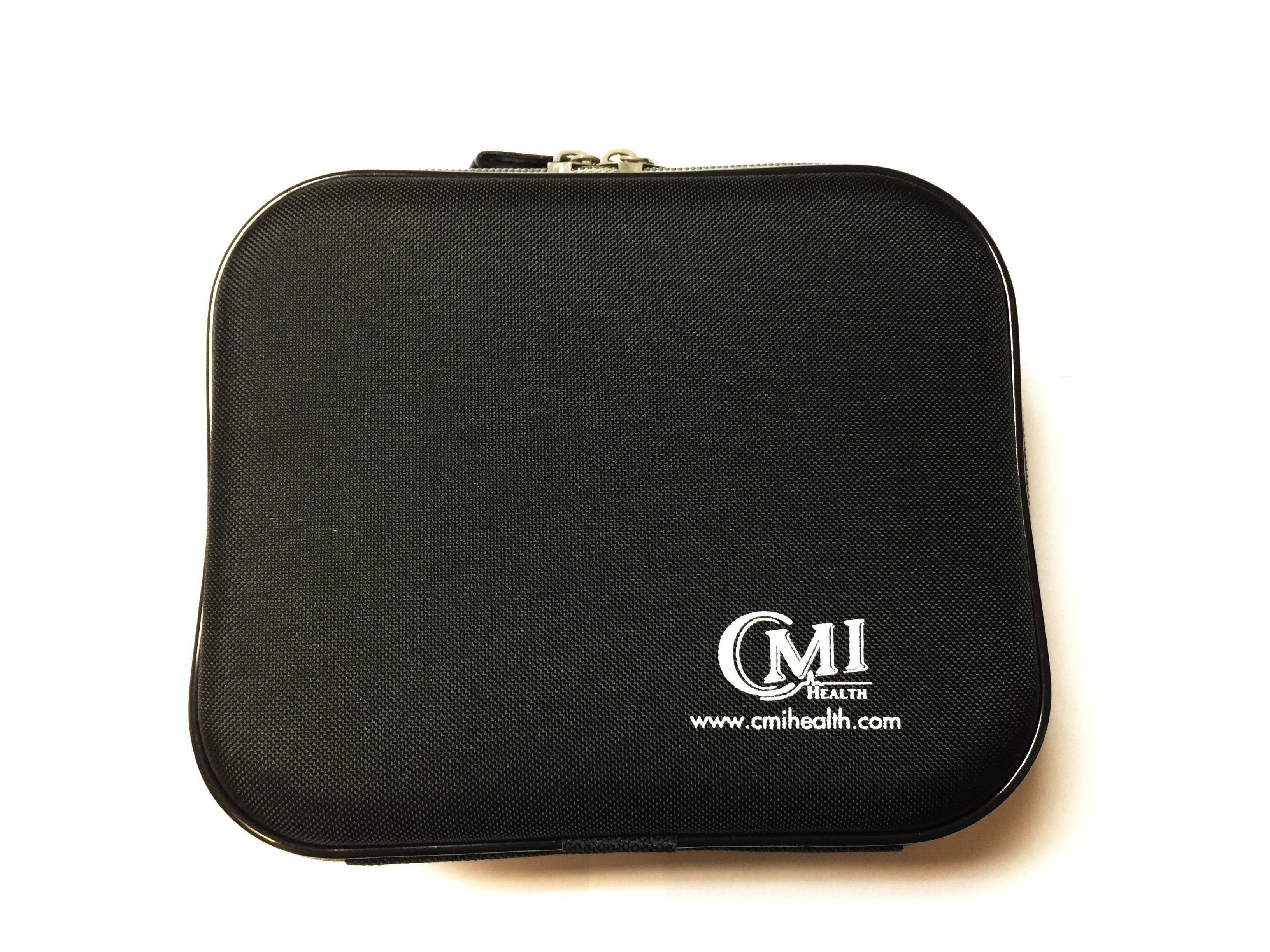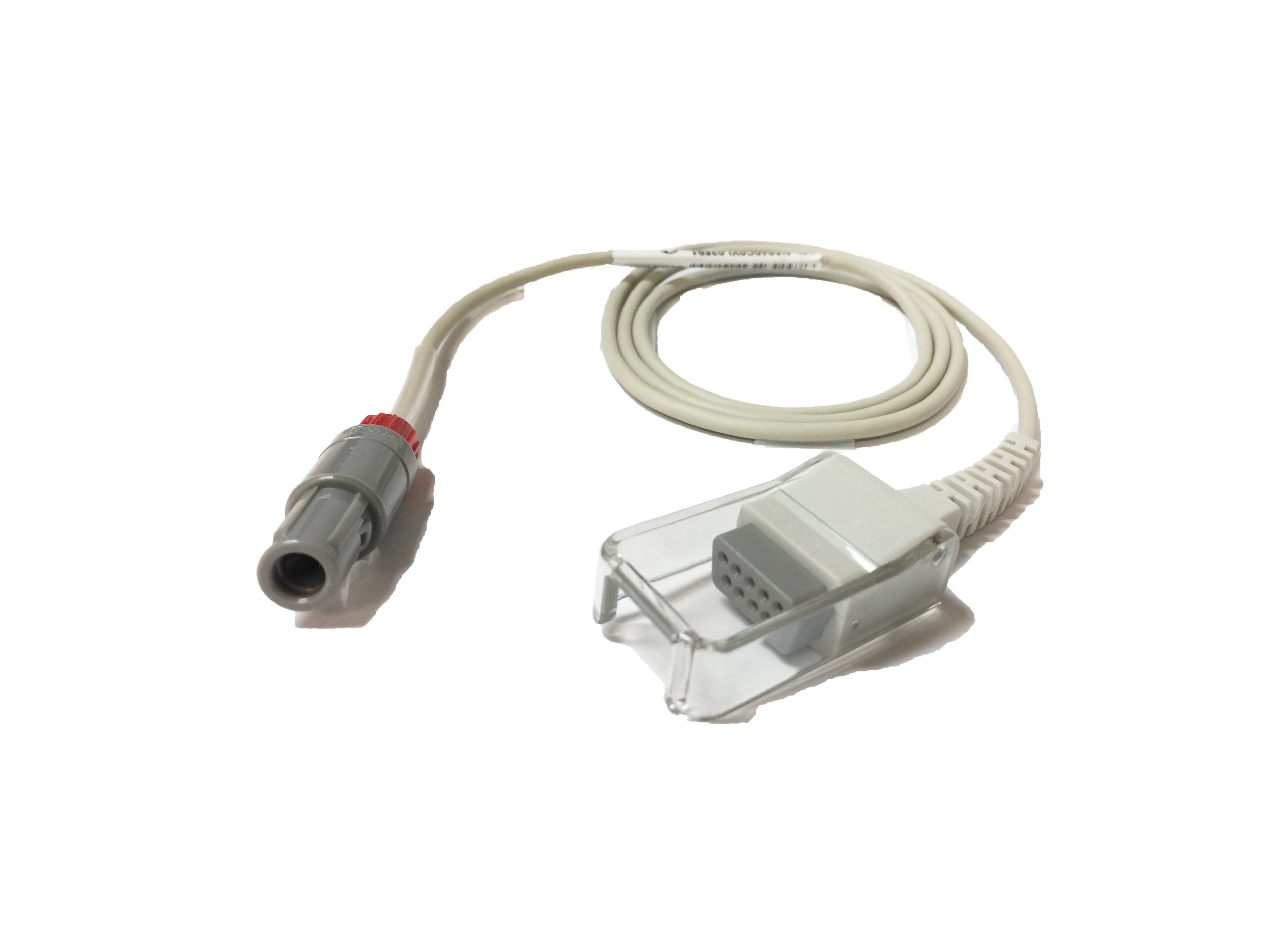Depending on your specific needs, we generally recommend the finger-clip sensors for spot-checking and the soft sensors for overnight or continuous usage.
- Use a finger-clip sensor for quick, occasional checks and when portability or ease of use are priorities.
- Choose a soft rubber or silicone sensor for continuous, long-term monitoring, especially when comfort and flexibility are essential.
The clip-on sensors are ideal for quick, intermittent checks of oxygen levels and pulse rate, such as during a doctor’s visit or a brief health assessment at home. They are simple to apply and remove and more robust and durable, makin g it convenient for users who need a straightforward, no-fuss option.
The soft sensors are comfortable for extended wear, such as overnight monitoring during sleep or continuous monitoring in a hospital setting. The soft and flexible material reduces discomfort, important for children and infants who need a gentle fit.




